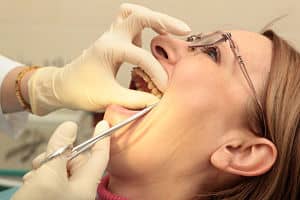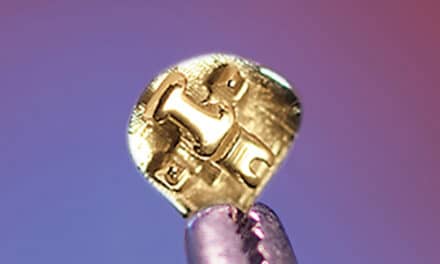
The study included 60 patients who completed orthodontic treatment with fixed appliances. A total of 1068 brackets were microphotographed. The brackets presenting some remnants on the base (n=818) were then selected and analyzed with ImageJ software to measure the remnant area. From this sample, the researchers selected a statistically significant sample (n=100) and observed those under a scanning electron microscope to check for the presence of enamel within the remnants. Energy dispersive x-ray spectrometry was also performed to obtain quantitative data.
The results showed statistically significant differences in the remnant percentage between arches for incisor and canine brackets (P<.0001 and P=.022, respectively). In addition, using morphologic analysis of the scanning electron micrographs, the bracket bases were categorized in 3 groups: group A, bases presenting a thin enamel coat (83%); group B, bases showing sizable enamel fragments (7%); group C, bases with no morphologic evidence of enamel presence (10%). Calcium presence was noted on all of the evaluated brackets under energy dispersive x-ray spectrometry. The researchers noted no significant difference in the Ca/Si ratio between group A (16.21%) and group B (18.77%), where as the Ca/Si ratio in group C (5.40%) was significantly lower than that of the other groups (P<.323 and P=.0001, respectively).




